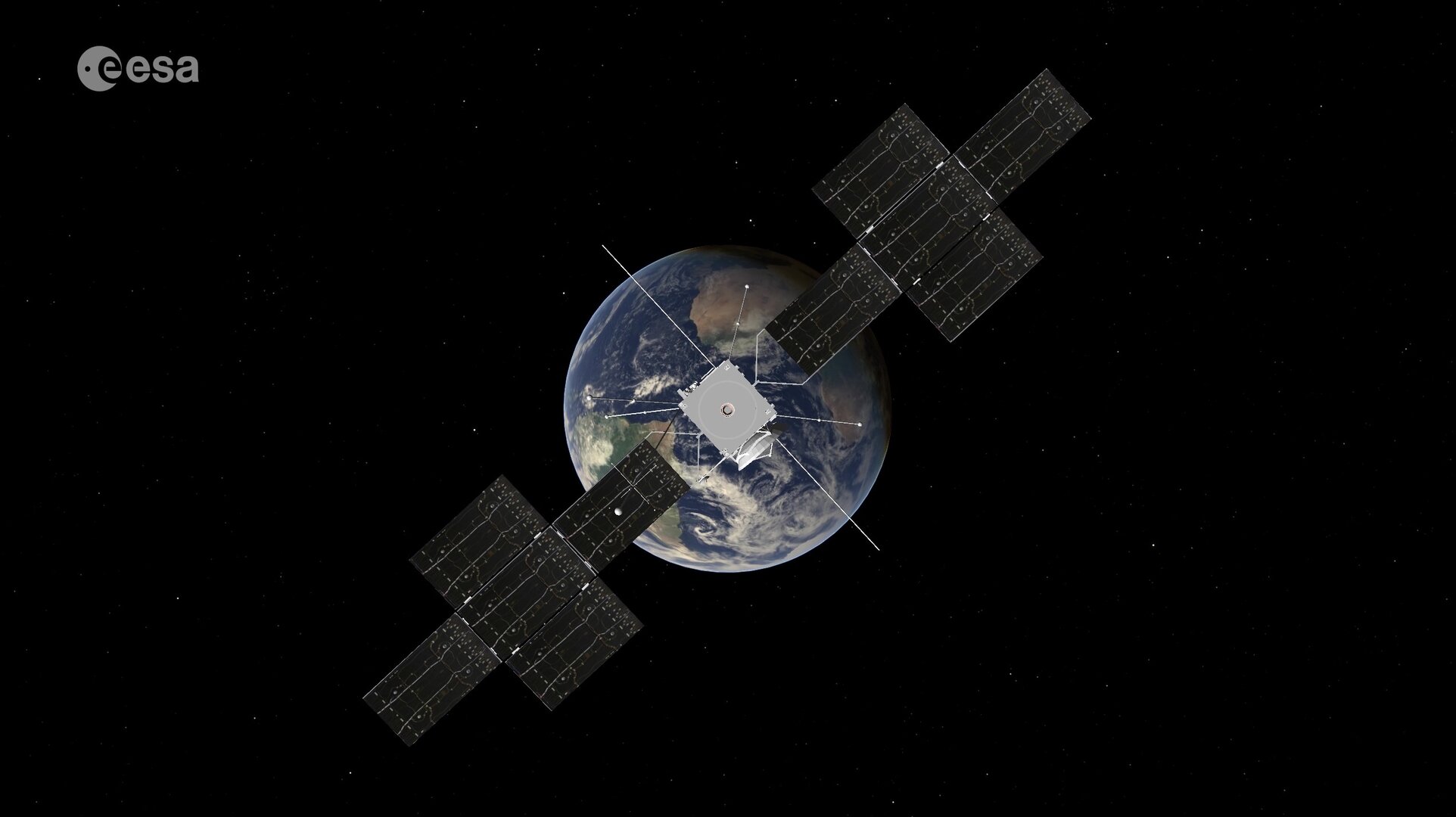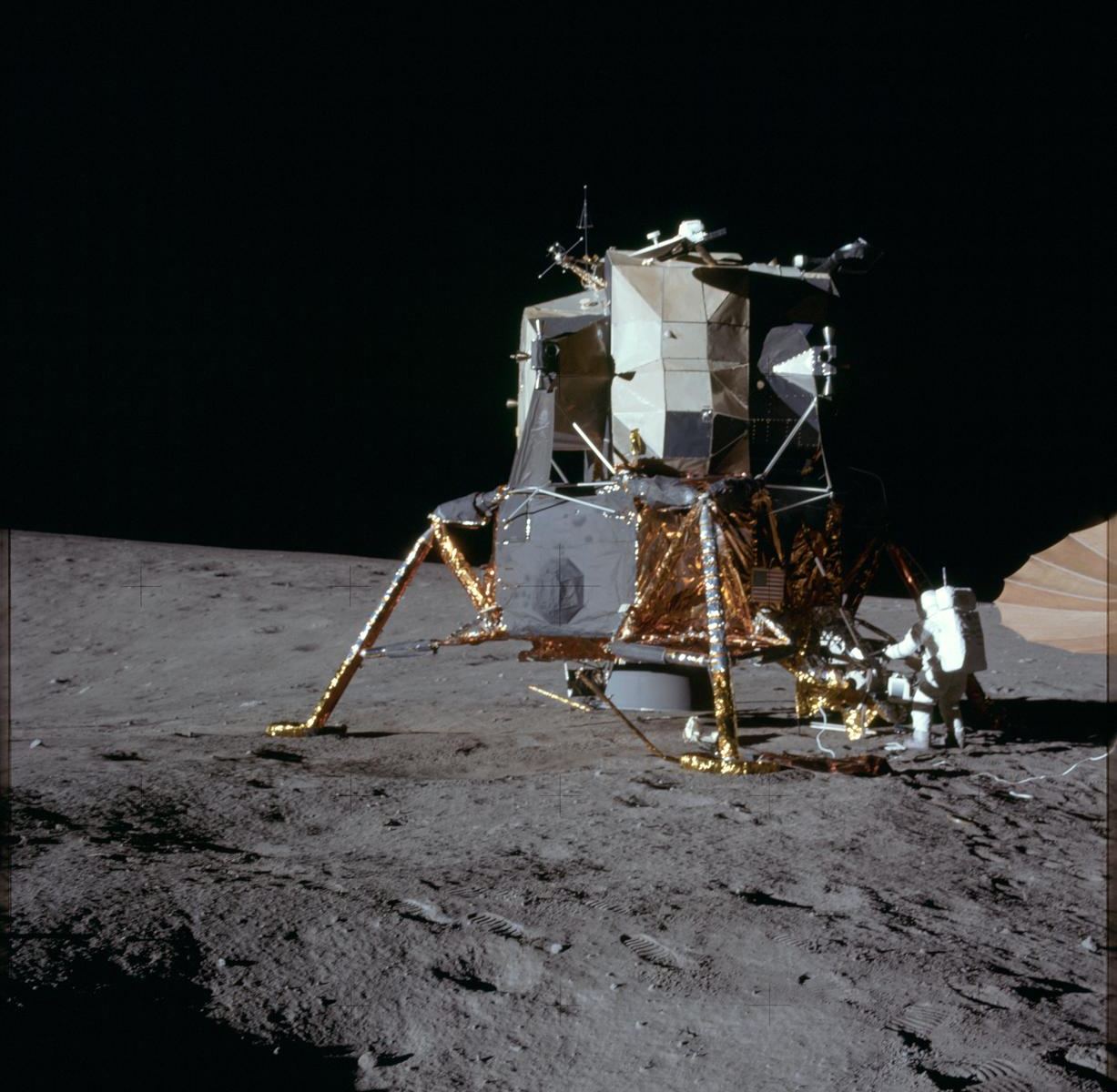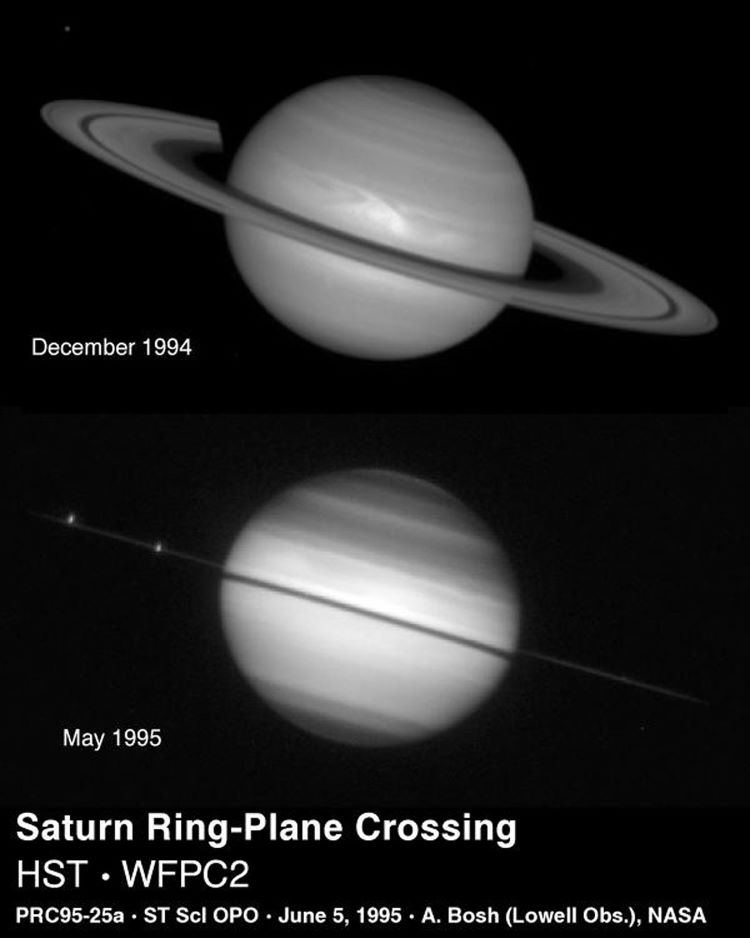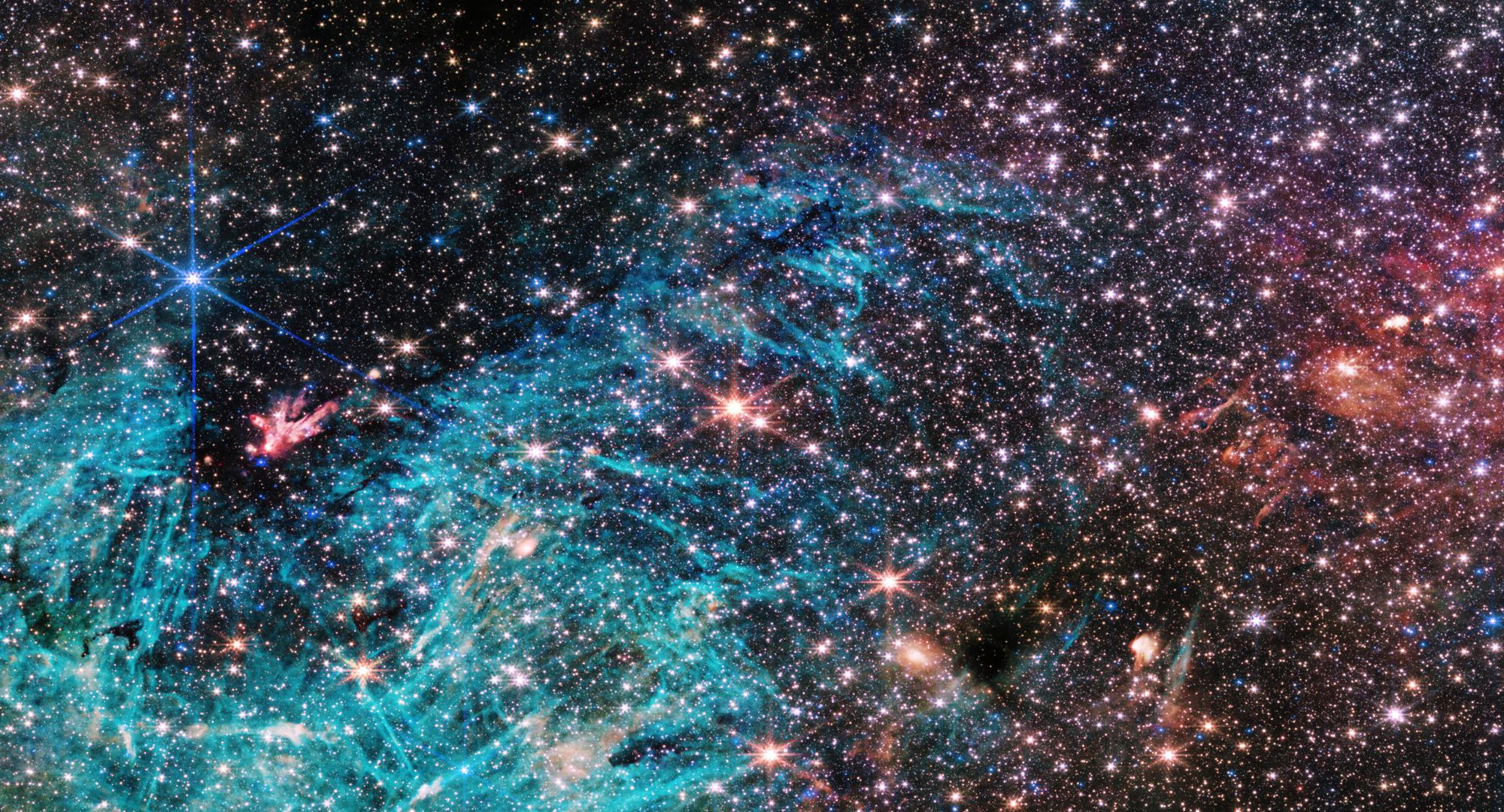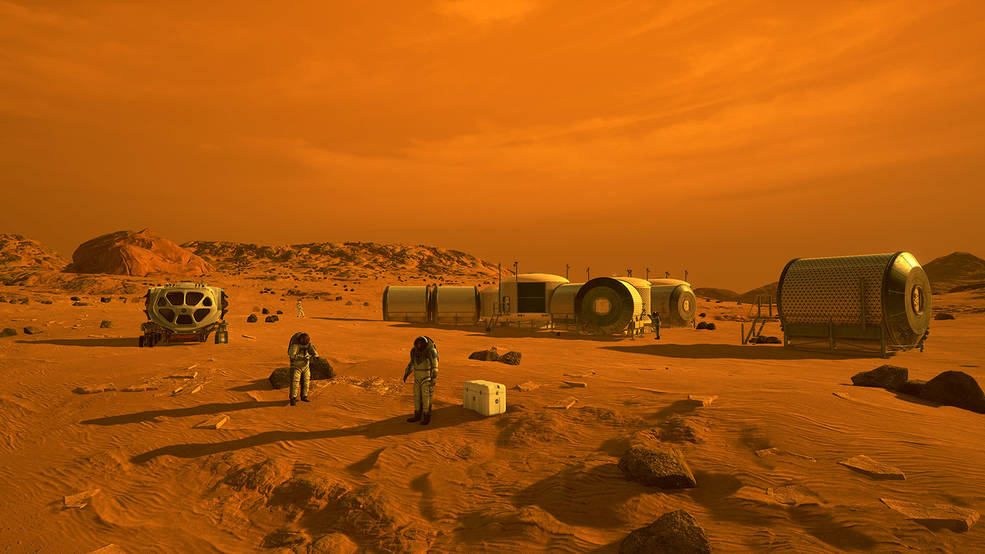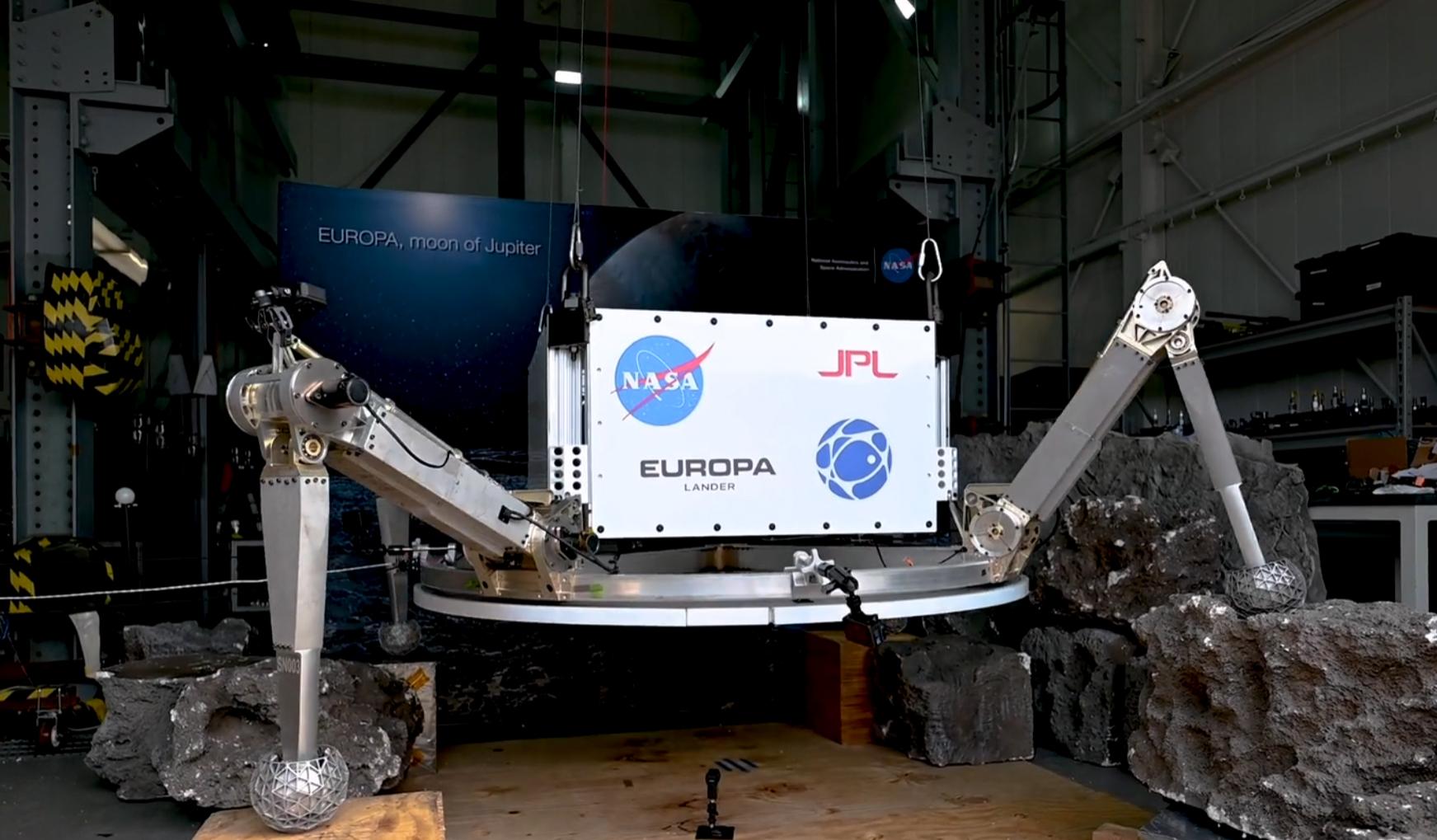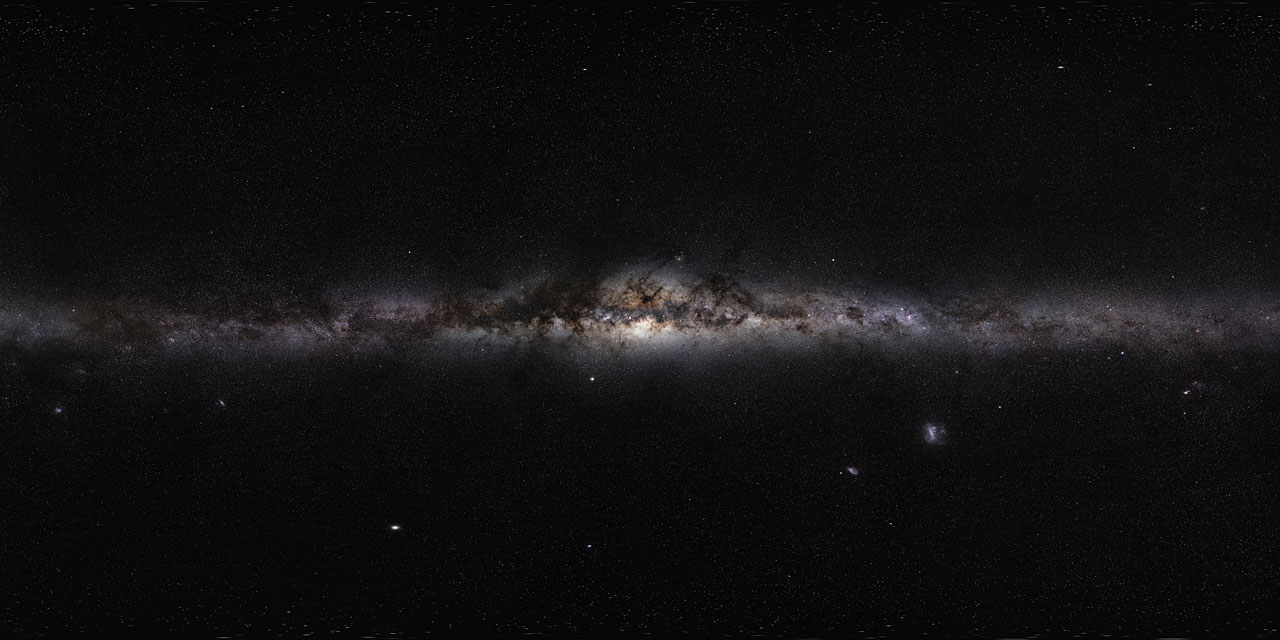Approximately 4.1 to 3.8 billion years ago, the planets of the inner Solar System experienced many impacts from comets and asteroids that originated in the outer Solar System. This is known as the Late Heavy Bombardment (LHB) period when (according to theory) the migration of the giant planets kicked asteroids and comets out of their regular orbits, sending them hurtling towards Mercury, Venus, Earth, and Mars. This bombardment is believed to have distributed water to the inner Solar System and maybe the building blocks of life itself.
According to new research from the University of Cambridge, comets must travel slowly – below 15 km/s (9.32 mi/s) – to deliver organic material onto other planets. Otherwise, the essential molecules would not survive the high speed and temperatures generated by atmospheric entry and impact. As the researchers found, such comets are only likely to occur in tightly bound systems where planets orbit closely to each other. Their results show that these systems would be a good place to look for evidence of life (biosignatures) beyond the Solar System.
Continue reading “Under Some Conditions, Comets Could Deliver Organic Molecules to Planets”

